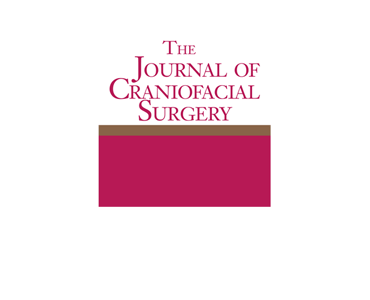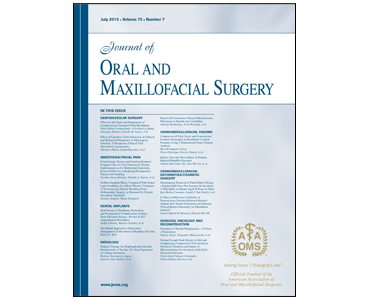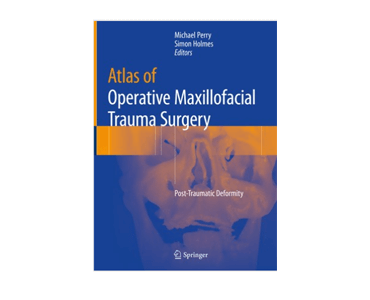Evaluation of Changes in Nasal Projection After Surgically Assisted Rapid Maxillary Expansion With 3dMDface System. MH Büyükçavuş, Y Findik, T Baykul.
Date: April 2020. Source: The Journal of Craniofacial Surgery. DOI: 10.1097/scs.0000000000006436. Abstract: The most appropriate treatment option for maxillary expansion in adulthood due to increased cyanosis in sutures is surgically assisted maxillary expansion (SARME). Skeletal and dental changes are observed with SARME. Three-dimensional imaging techniques are gaining importance with the developing technology in evaluating the…







